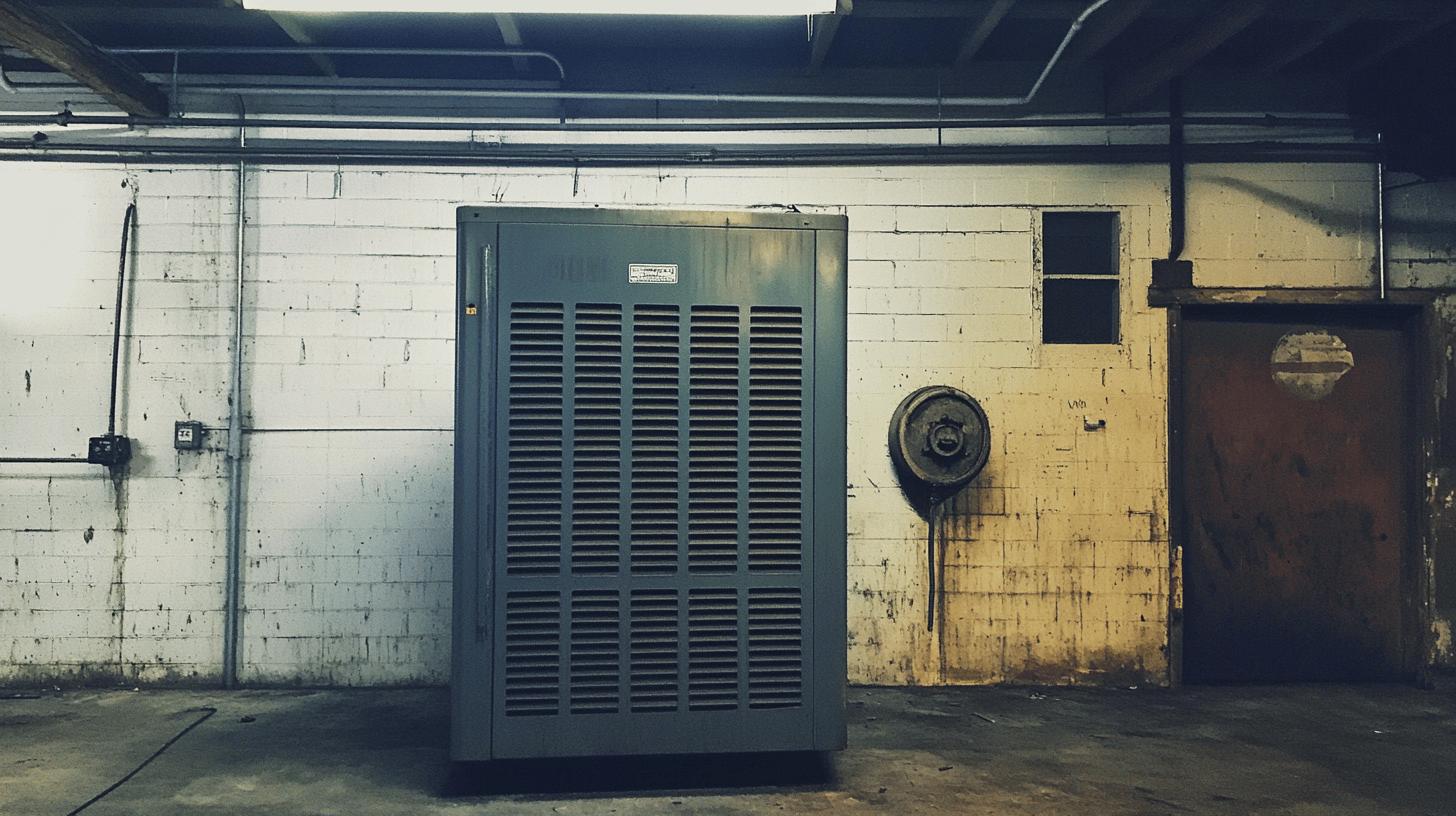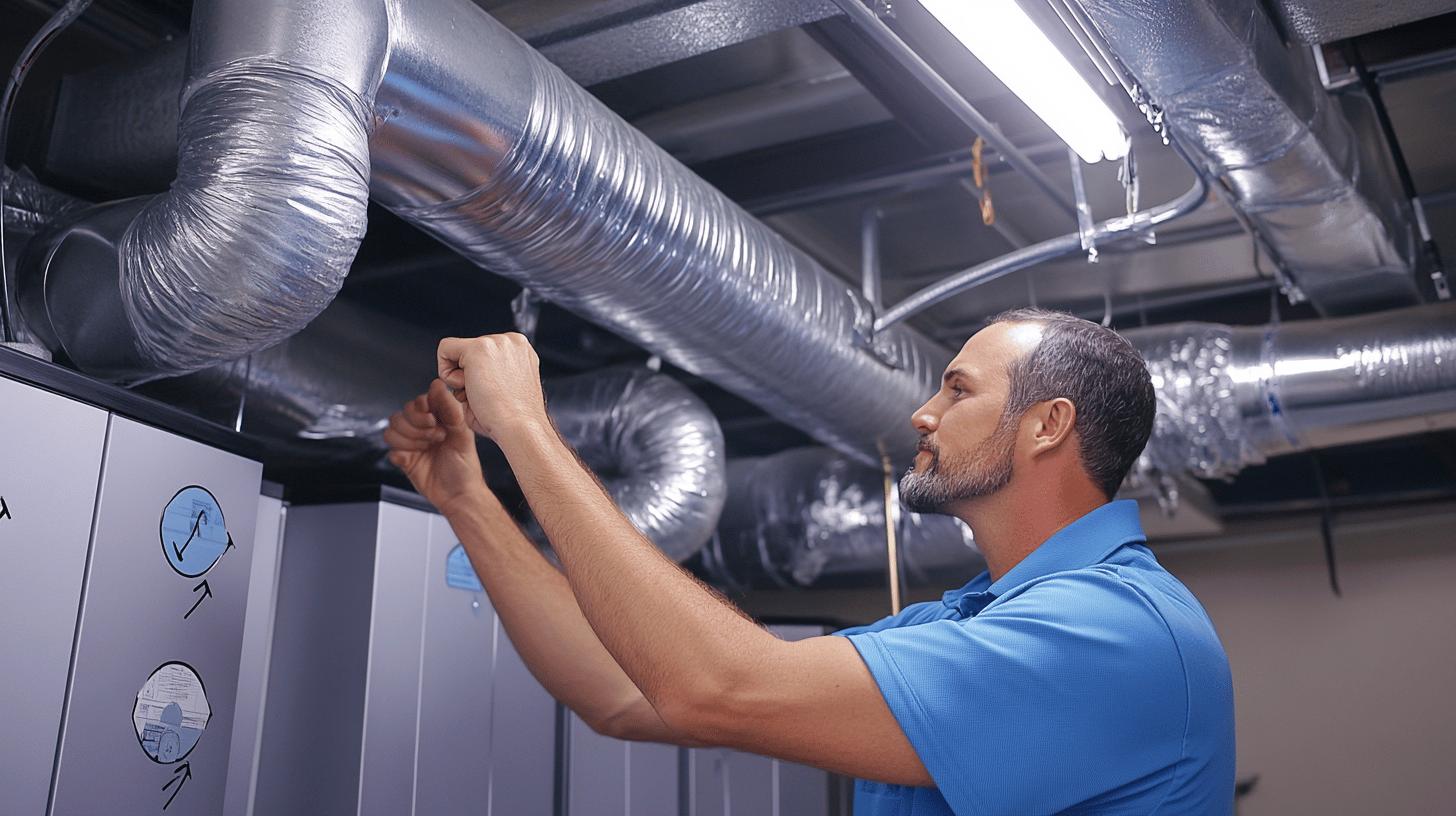Understanding how these systems function can clarify their impact on indoor air quality and overall comfort. HVAC systems are typically equipped to introduce fresh air through dedicated vents and ducts, but the method and efficiency can vary widely. This raises critical questions about air circulation and health benefits that are worth exploring. This article demystifies fresh air intake in HVAC systems, helping you grasp how these vital components maintain a healthy and comfortable indoor environment. So, how does HVAC system bring fresh air? Learn how your system stacks up and what improvement strategies might benefit you.
Understanding HVAC System Fresh Air Intake
Do HVAC systems effectively bring in fresh air? Yes, with certain conditions. These systems use fresh air intake through specific vents or ducts, introducing outdoor air into indoor areas. This process is key for a consistent fresh air supply, crucial for a healthy indoor environment. HVAC designs may vary, often using air handlers to evenly distribute the introduced air throughout the building. Systems can use natural ventilation, mechanical systems, or both, depending on the space’s specific design and needs.
Here are five methods for integrating fresh air into HVAC systems:
- Dedicated Fresh Air Ducts: Special ducts channel outside air into the HVAC system.
- Ventilation Fans: Circulate and distribute fresh air throughout the building.
- Energy Recovery Ventilators (ERVs): Exchange energy from exhausted air to treat incoming air.
- Air Handling Units (AHUs): Condition and circulate air within heating, ventilating, and air-conditioning systems.
- Demand-Controlled Ventilation: Adjusts ventilation based on occupancy, optimizing fresh air delivery.
Integrating fresh air intake is vital for good indoor air quality. Fresh air lowers indoor pollutants and creates a healthier environment. Adding fresh air to HVAC systems not only boosts air quality but also improves indoor comfort. Professional installation and maintenance are crucial to ensuring efficient system function and continued benefits.
Components of HVAC Systems That Affect Fresh Air Flow

HVAC systems manage fresh airflow using components like air handling units (AHUs) and ductwork. AHUs condition and circulate air, often equipped with filters and mechanisms to boost air quality. Ductwork helps by distributing the air throughout the building evenly. Together, these components aid in the smooth introduction and movement of fresh air indoors.
| Component | Function in Fresh Air Delivery |
|---|---|
| Air Handling Units (AHUs) | Condition and circulate air, using filters to keep air quality high. |
| Ductwork | Distributes conditioned air throughout the building effectively. |
| Fresh Air Vents | Introduce outside air into the system for circulation and conditioning. |
| Filters | Remove contaminants from the air, enhancing quality and health. |
Professional installation and maintenance of these components are key for optimal performance. Properly installed systems ensure effective fresh air introduction and circulation, maintaining high air quality. Regular upkeep helps prevent inefficiencies and potential issues, ensuring the system works as intended. Skilled professionals guarantee the HVAC system delivers fresh air benefits while operating smoothly.
Improving Indoor Air Quality with HVAC Systems
Does HVAC system bring fresh air? They play a big role in managing temperature, humidity, and ventilation. These factors are key to a healthy indoor environment. Advanced filtration and ventilation in HVAC systems cut down on pollutants, allergens, and contaminants, ensuring a cleaner indoor air supply.
Here are six strategies for improving air quality using HVAC systems:
- Regular Maintenance: Keeps the system efficient, reducing pollutant circulation.
- Use of HEPA Filters: Captures fine particles and pollutants, enhancing air purification.
- Humidity Control: Keeps humidity levels in check to prevent mold and mildew.
- Duct Cleaning: Clears dust and debris from the ductwork, stopping them from entering the indoor air.
- Ventilation Upgrades: Adds fresh air intake to dilute and expel indoor pollutants.
- Air Purifiers: Further filter and clean indoor air when attached to HVAC systems.
Ventilation Strategies in HVAC Systems

HVAC systems balancing fresh and recirculated air is crucial for comfort and air quality. Effective ventilation strategies ensure enough fresh air while managing recirculated air efficiently. This optimization not only improves the indoor environment but also enhances energy efficiency. Advanced technologies cater to varying needs based on occupancy and environmental conditions.
Variable Air Volume Systems
What are Variable Air Volume (VAV) systems and how do they work? VAV systems adjust air volume delivered to different spaces, not air temperature. This allows precise airflow control, meeting each area’s specific needs. VAV systems maintain comfort consistency while reducing energy use, adapting to change for efficient energy use.
Demand-Controlled Ventilation
How does Demand-Controlled Ventilation (DCV) optimize airflow? DCV adjusts ventilation rates based on occupancy, using sensors to detect environmental changes. It supplies fresh air only as needed, reducing energy waste. By reacting to real-time data, DCV maintains air quality without over-ventilating, saving energy and lowering costs.
Do these strategies improve energy efficiency and air quality? Yes, with variable air volume systems and demand-controlled ventilation, energy use is tailored to actual needs. These strategies enhance fresh air supply and reduce energy waste, maintaining high-quality air. HVAC systems using these technologies can create healthier environments and efficiently manage energy.
The Role of Fresh Air in HVAC System Performance
Integrating fresh air in HVAC systems improves health. Fresh air enhances indoor quality by diluting pollutants and reducing health risks. It supports well-being with a clean airflow, essential for preventing respiratory issues and maintaining a healthy indoor environment. By consistently introducing fresh air, systems effectively manage contaminants, offering a more comfortable and healthier space.
- Boosts air quality by cutting down on indoor pollutants.
- Optimizes air distribution, enhancing system efficiency.
- Creates healthier environments, promoting well-being.
- Maintains comfort by balancing temperature and humidity.
Optimizing settings and using energy-efficient technologies, like energy recovery ventilators, ensures benefits while controlling costs. Regular professional evaluation and maintenance are crucial for cost-effectiveness while providing health benefits and comfort associated with fresh air integration.
Final Words
Understanding fresh air intake in HVAC systems is vital for maintaining indoor air quality. With components like air handling units and ducts, these systems efficiently introduce fresh air into spaces.
Effective filtration and professional maintenance further improve air quality, while strategies like variable air volume systems and demand-controlled ventilation optimize airflow and efficiency.
While incorporating fresh air can affect energy costs, the health benefits and enhanced performance are invaluable.
Does your HVAC system bring in fresh air efficiently?
Focusing on strategic design ensures a healthy, cost-effective indoor environment.
FAQ
Does an HVAC system bring in fresh air?
An HVAC system can bring in fresh air through designated vents or ducts. These are often part of air handlers that distribute fresh air efficiently throughout the building.
What are the common methods to integrate fresh air into an HVAC system?
Common methods for integrating fresh air include natural ventilation, mechanical systems, energy recovery ventilators, air handlers with outdoor air intake, and operable windows for mixed ventilation.
What HVAC components affect fresh air flow?
Key components include air handling units (AHUs), ductwork, and fresh air vents. These components work together to condition, circulate, and manage fresh air in the building.
How can HVAC systems improve indoor air quality?
Improving indoor air quality involves using advanced filters like HEPA, regular maintenance, and system upgrades to reduce allergens and contaminants. Professional assessments can optimize system efficiency for better air quality.
What are effective ventilation strategies for HVAC systems?
Effective strategies balance fresh air and recirculated air using techniques like variable air volume systems, demand-controlled ventilation, and energy recovery ventilators to enhance airflow and energy efficiency.

